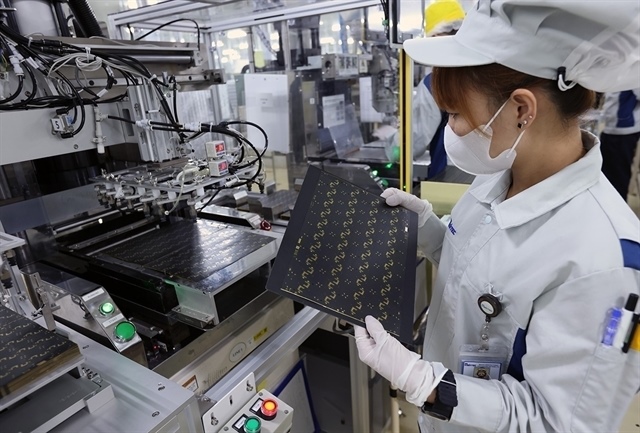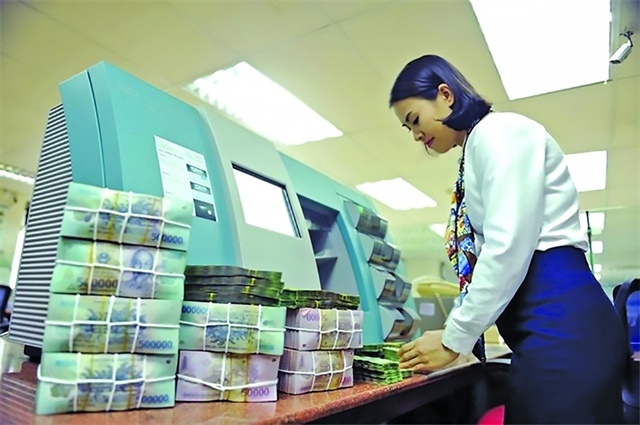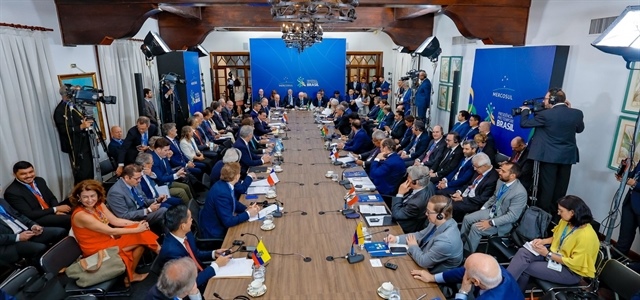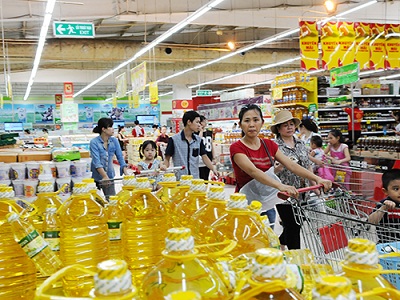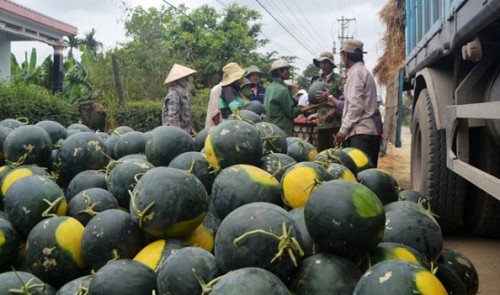VEPR releases annual economic report
VEPR releases annual economic report
University of Economics and Business (VNU) under Viet Nam National University Hanoi, the Viet Nam Institute for Economic and Policy Research (VEPR) and the Australian Embassy released the Viet Nam Annual Economic Report 2015 on May 28.
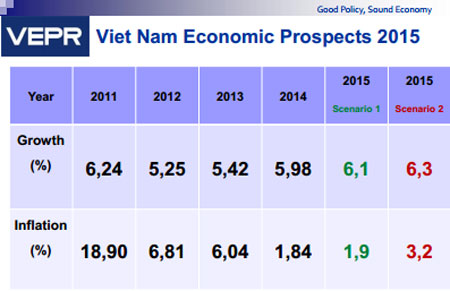
The seven chapter report evaluated and commented on the world and Viet Nam's economy, in the context of the country preparing to take further steps toward integration and globalisation in 2015.
Nguyen Duc Thanh, VEPR director and co-author of the report, said local economic growth had recovered slightly, helped by low inflation (around 0 per cent in the first five months) that created macroeconomic stability. Further, prices of basic commodities, such as food and gasoline, decreased, while education and health service fees increased slowly and household consumption improved.
He added that sources contributing to economic growth had drastically changed. In particular, industry and production rose sharply, while the service sector slowed, especially the tourism industry.
The report devoted one chapter to the exchange rate. By calculating the equilibrium exchange rate in Vietnam, which is based on the purchasing power parity (PPP) and general equilibrium approaches, it was found that VND is overvalued by 7 to 11 per cent at the end of 2014, making it uncertain in how it might affect the economy.
A thorough analysis indicates that the overvalued currency has negatively affected agriculture, agricultural processing, heavy industries, light industries and mining, which were industries that contributed most to local job creation and improvements to the economy.
Thus, VERP said Viet Nam should propose a suitable route to assure a more competitive exchange rate for Viet Nam, at least at the level of an equilibrium exchange rate.
Also in the report, the institute drew two growth scenarios for 2015. The first one saw a lower GDP growth, at around 6.1 per cent with 1.9 per cent inflation, while the second scenario brought a 6.3 per cent GDP and an inflation rate of 3.2 per cent. Thanh said it would be worse if the second scenario occurred, explaining that the higher inflation trend would increase beyond the end of the year, and continue soaring in 2016.
The second scenario, according to Thanh, would put the local economy into a new spiral, balancing between inflation and the exchange rate. It would also increase the risk to the macroeconomy.
At the same time, the report said Viet Nam would be the largest beneficiary among the 11 members of the Trans-Pacific Partnership (TPP). Yet, to take advantage of the most favourable opportunities, it needed fundamental changes in economic structures, institutions and governing policies.
The report also proposed that Viet Nam establish the Pan–Asia Marine Economic Cooperation (PAMEC), aiming to build a hi-quality marine infrastructure, which would connect most of the important marine economies between the Indian Ocean and the Pacific Ocean, including Australia, Canada, China, Japan, India, Indonesia, New Zealand, Malaysia, Myanmar, Philippines, Singapore, Sri Lanka, Taiwan, Thailand, Vietnam, and the United States.
As one of the leading economists in Viet Nam, Le Dang Doanh said he appreciated the report's details, adding that there should be more information made available about the investment and business environment in Viet Nam.
Doanh also suggested that the PAMEC remains positive, though the author might consider the possibilities of implementation of it, so that the country could take advantage of its benefits.
The release represented the 8th annual annual report on the local economy that VERP has published since 2008.


